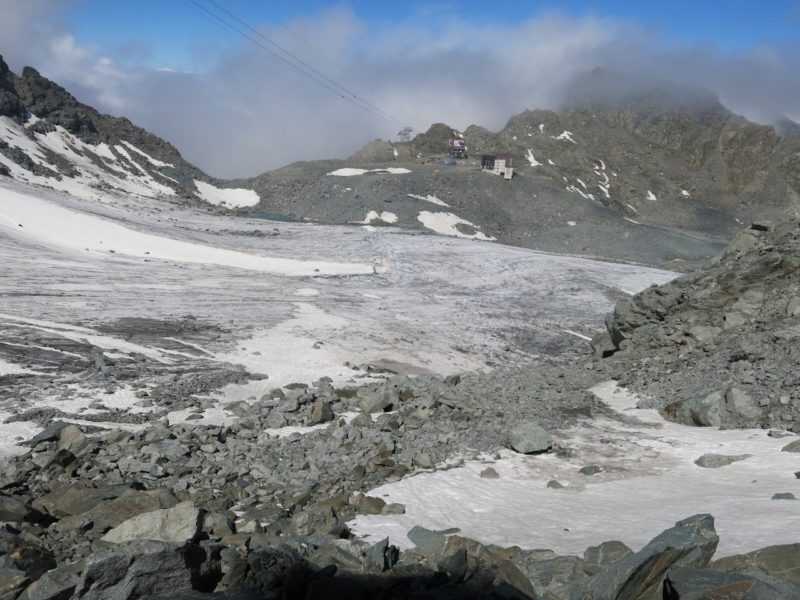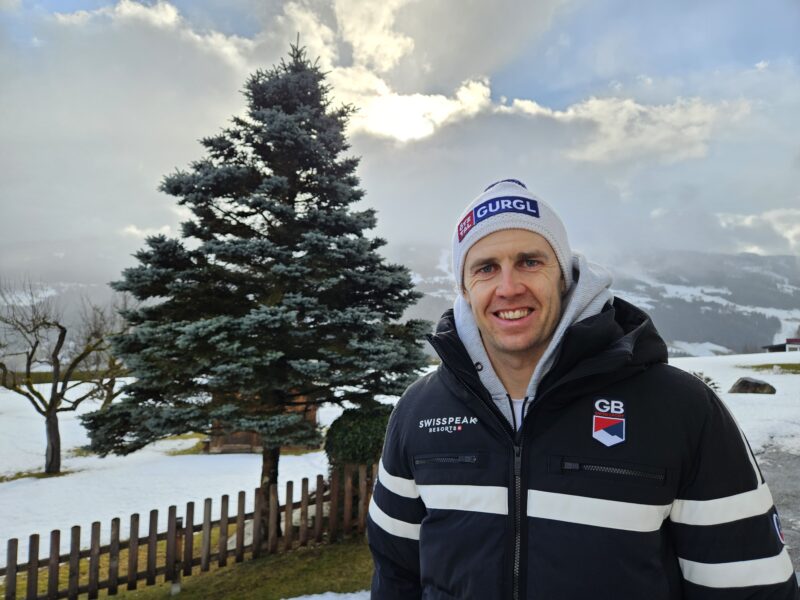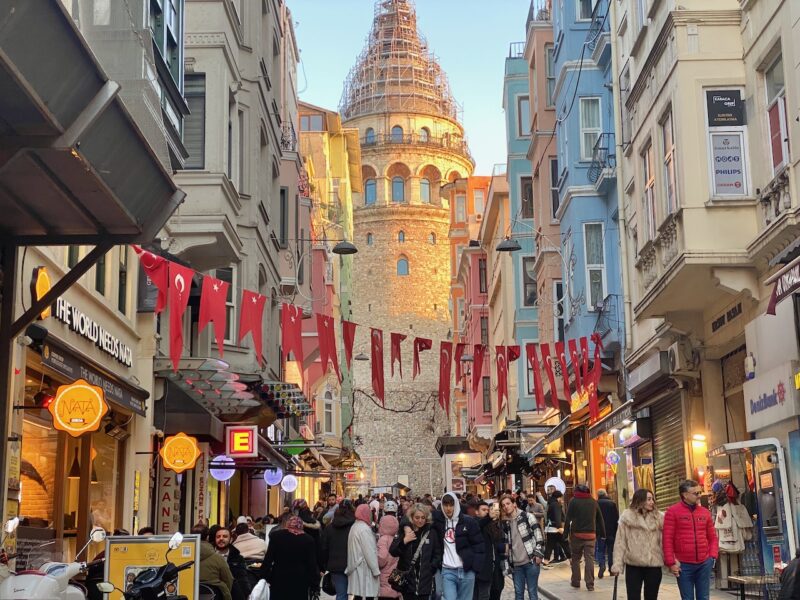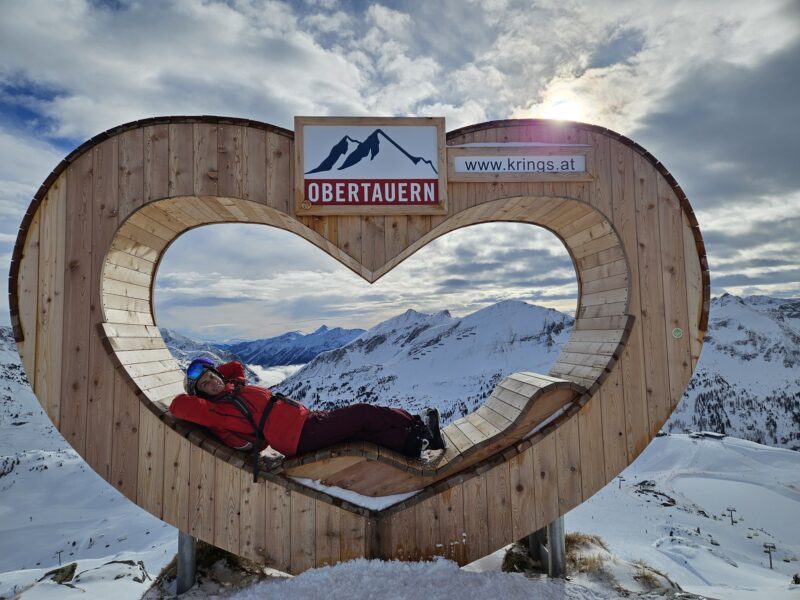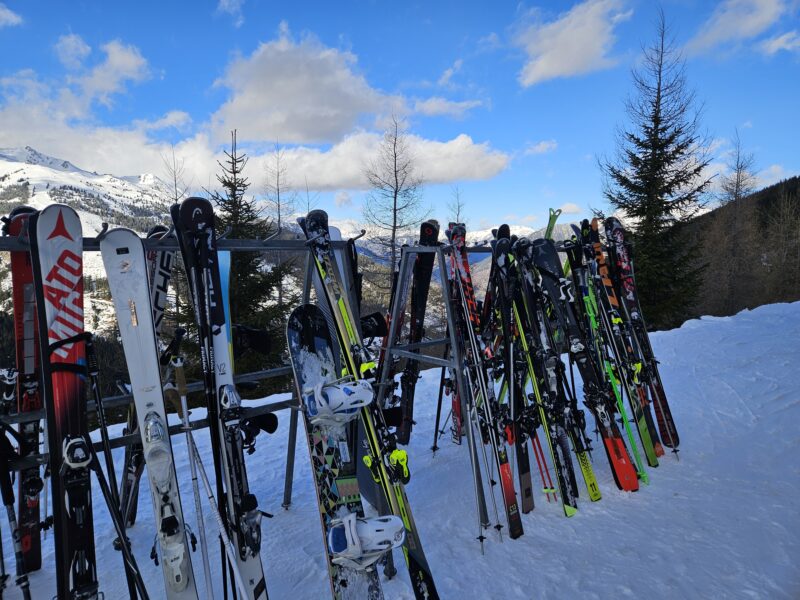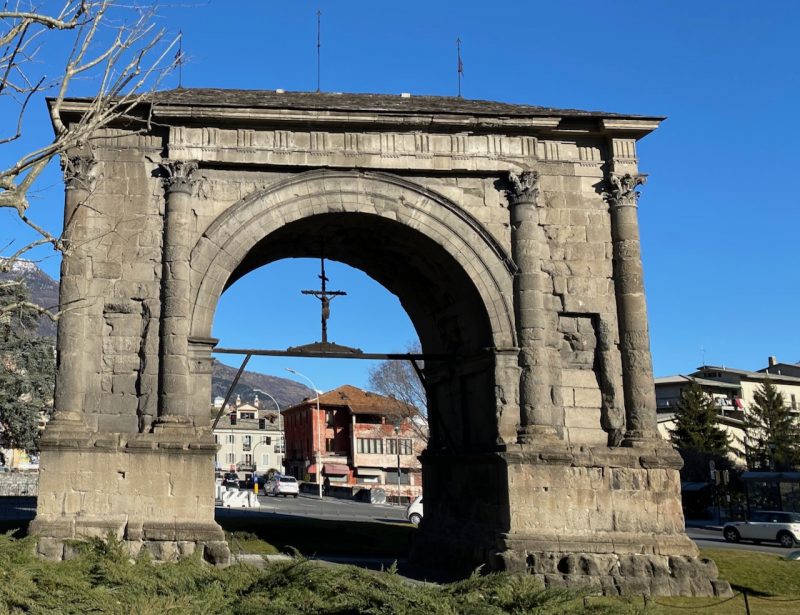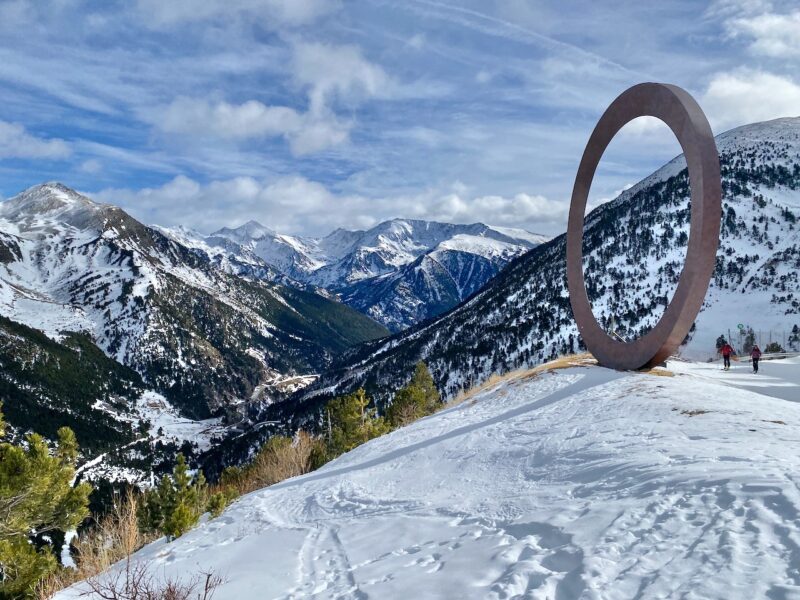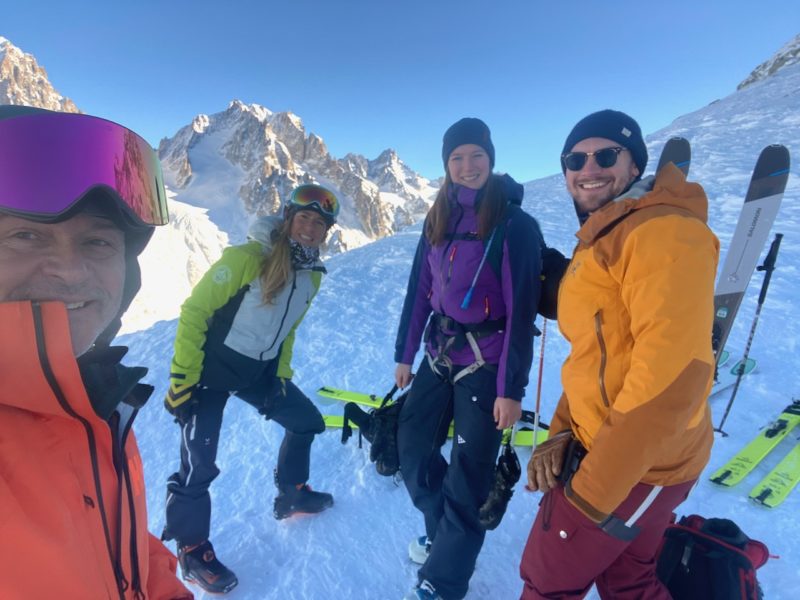Off-Piste Delights in St Anton
4th April 2022 | George Eykyn, St Anton, Tirol, Austria.
Last modified on April 7th, 2022
PlanetSKI reporter George Eykyn was in St Anton in March 2020 when Covid struck. His off piste course ended, the resort shut and he returned suffering from the symptoms of Covid-19. Now he’s returned to finish what he had started – the ‘Black’ class in the Arlberg Ski School.
The last time I was in St Anton I watched the resort close, suddenly, on 13th March 2020, because of Covid.
Runs were taped shut in front of me, and even the lift operators were taken by surprise.
Tourists hastened to get out of the resort.
Many of us brought Covid home to the UK, where awareness of the virus and precautions in place were both poor.
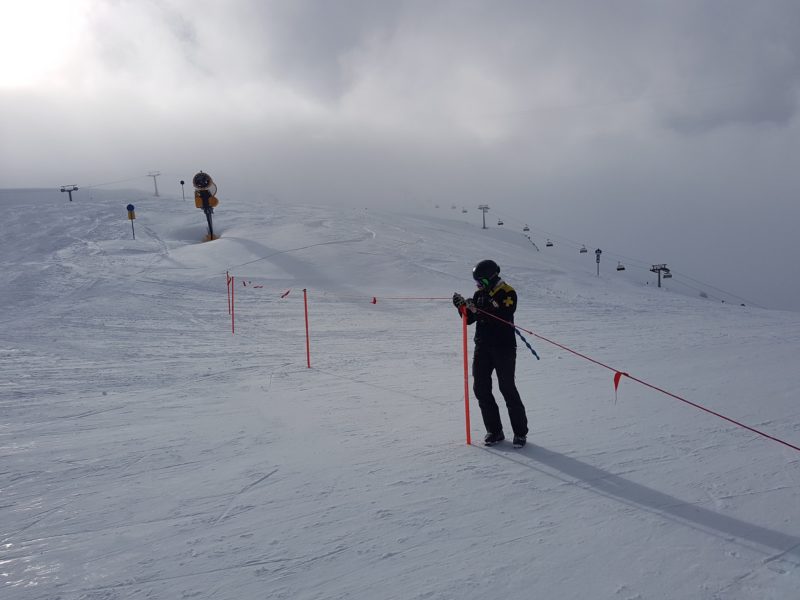
Image © PlanetSKI
That was then…
The following season was a write-off.
But two years on, I decided to show some loyalty and get back to the resort.
It was relief to see familiar welcoming faces at the Arlberg Hotel: I’d been worried for them.
It was good to keep that promise made during the Covid exodus: “I’m coming back”.
Conditions were good as I arrived in resort, a day late thanks to the British Airways computer meltdown.
St Anton had had snow the preceding week, but the sun was beating down and much of the off-piste terrain had been skied out.
For several years I’ve obtained some excellent value guided off-piste skiing by joining the “Black” class in the Arlberg Ski School in St Anton.
You’re joining a group of 8-10 expert skiers.
A five-day ticket costs around €300 (£250).
Whenever conditions allow, the instructor will take the Black group off-piste and hunt out the best powder, or spring snow late in the season.
It’s a fabulous way to get almost a week of professionally supervised, safe, off-piste skiing.
The ski school issues everyone with an avalanche bleeper, and a backpack with shovel and probe.
The instructor checks each skier’s bleeper is functioning correctly and explains how to switch to search mode and triangulate where a casualty may be.
If someone has been buried in an avalanche or snow slide, you’ve got to locate and uncover them within 15 minutes; after that, their chances of survival decline steeply.
So you need to carry the equipment, and you need to know how to use it.
Our instructor was Friedi Witt-Dörring, who hails from Vienna.
“How fit are you – are you happy with climbing?” was his first query.
For a moment I had visions of pick-axes and crampons, but he meant side-step climbing on skis.
For the first couple of days Friedi took us mostly to the Rendl ski area, and the slopes around Schindler Spitze.
Skiers familiar with St Anton will know the fabulous Hinteres Rendl off-piste run, accessed from the Riffel II chairlift.
After a substantial traverse, you reach some gorgeous snowfields which are largely North-facing and usually offer good powder.
With the availability of virgin powder starting to dwindle, the group had to put in plenty of work traversing and side-step climbing, to reach the best bits.
Side-step climbing is tiring, but it was worth the effort.
At the Schindlergratbahn mid-station we got out and peered past the safety netting and yellow warning signs, into a steep couloir.
Next thing, Friedi called us forward and we entered the couloir, known as the Schindlerrinnen.
The gradient was challenging and the surface broken up, but it was fun to ski and even better to look back up having safely navigated it.
The instructor is teaching as you go, and will call different members of the group to follow directly behind; but the pace is high and pauses are short.
So we covered a lot of ground each day.
Members of the class bond and strike up friendships really quickly: our group came from Germany, France, Netherlands, UK and the Far East.
From Schindlergrat we also explored the area around Valluga, at one point removing skis and climbing perhaps 100m up a steep stretch of deep snow.
At the top we stood on a ledge looking down into another precipitous slope flanked by massive rock outcrops.
Some of the group found it easier to sit down to swing their skis into the narrow skiable track, sideslipping down before the gradient eased into another long traverse.
Around midweek Friedi suggested everyone hire touring skis, which would allow us to access good snow not directly served by lifts.
The Jennewein ski hire shop swapped my Stöckli Stormrider all-rounder skis for a set with touring bindings and skins.
We headed off and skied into the valley below Pazüeljoch: this was a fabulous descent which left us gazing back up at the 600 metres we would now have to climb.
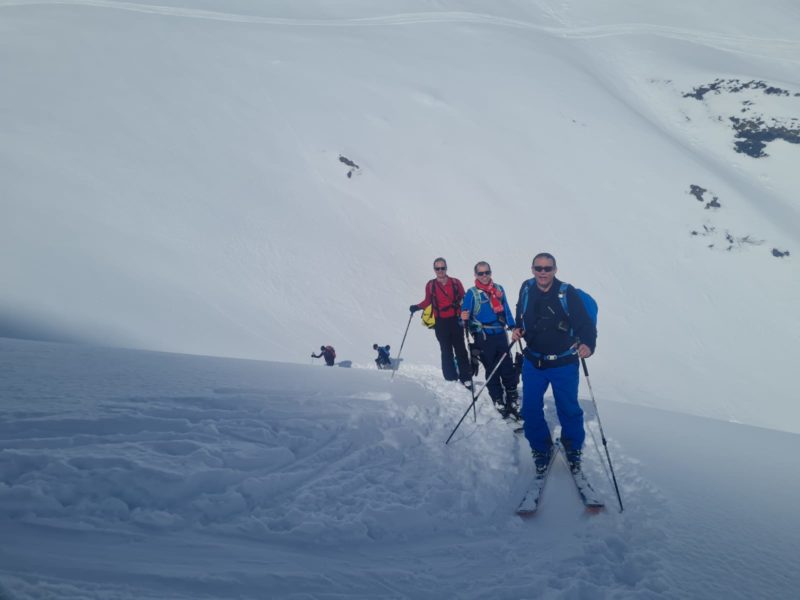
St Anton, Tirol, Austria
We shed several layers and climbed for almost 2 hours in the dazzling sunshine to regain height.
It is tiring, but the best method is to trudge at a slow but steady pace rather than pushing too hard.
On the steeper sections where the ski tracks form a zig-zag, making a sharp turn left or right was quite tricky, as unlike a kick-turn the ski isn’t attached to the back of your boot, and it dangles.
However there were plenty of zigs and zags to practise on!
An unexpected pleasure towards the end of the week was the arrival of PlanetSKI’s editor, James Cove and his wife, Kisia, in St Anton.
We skied together all the way over to Warth-Schröcken, making our way back through Lech and Zürs.
In peak season, getting yourself back to St Anton from the far end of the ski area can involve a lot of queuing, and that afternoon the Valfagehr chair lift was a real bottleneck.
If you’re in a group, it might be worth skiing the full afternoon in Lech, Warth and Schröcken, and sharing a taxi back so you can spend more of your time skiing than queuing for connecting lifts.
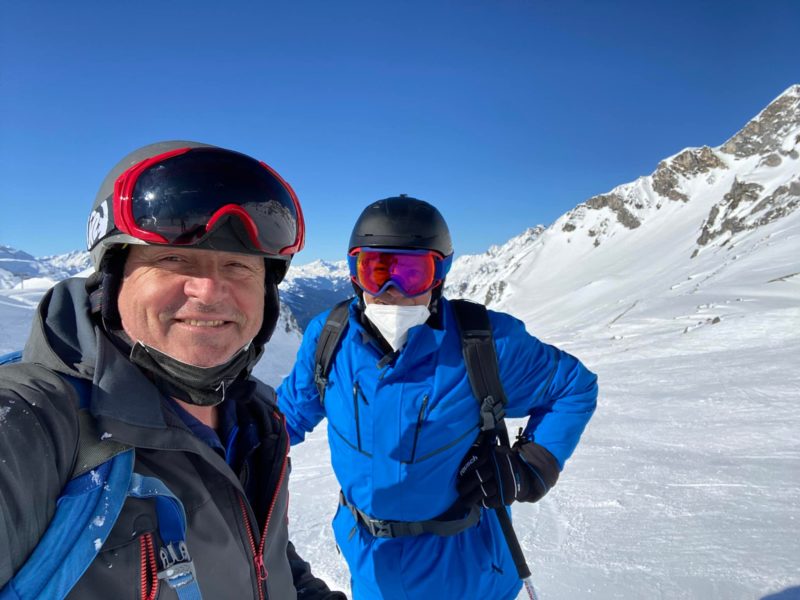
St Anton, Tirol, Austria
See the article from March 3rd in this rolling PlanetSKI blog from the Tirol as George skied with James and Kisia:
Physically I found the contrast with two years ago quite marked.
Then, I was falling over a lot and feeling out of breath; this time round, no falls; and puffing and panting only where it was merited.
The difference is that two years ago, I was succumbing to Covid.
What better way to put that in the past than to lay some fresh tracks in the powder, bathed in sunshine, under a cobalt-blue sky?
Pictures and video: George Eykyn, Friedi Witt-Dörring, Bruno Gaudefroy
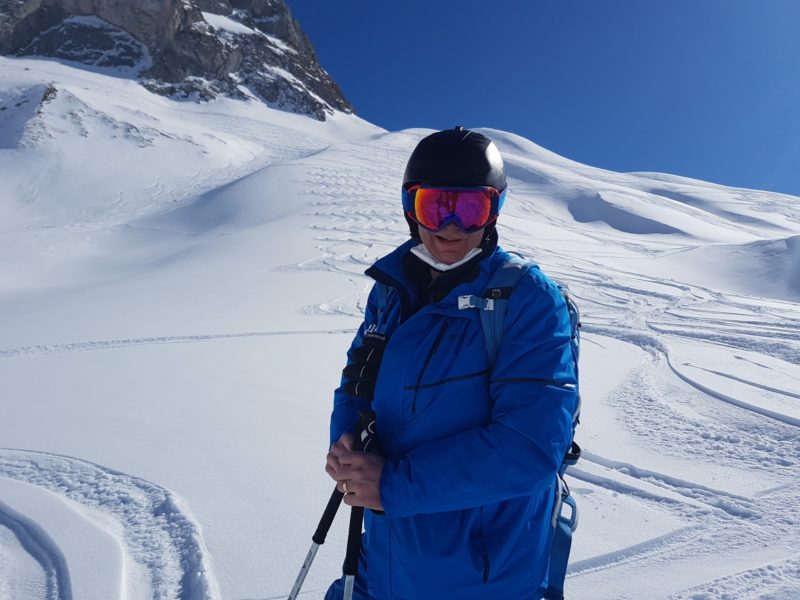
St Anton, Tirol, Austria

